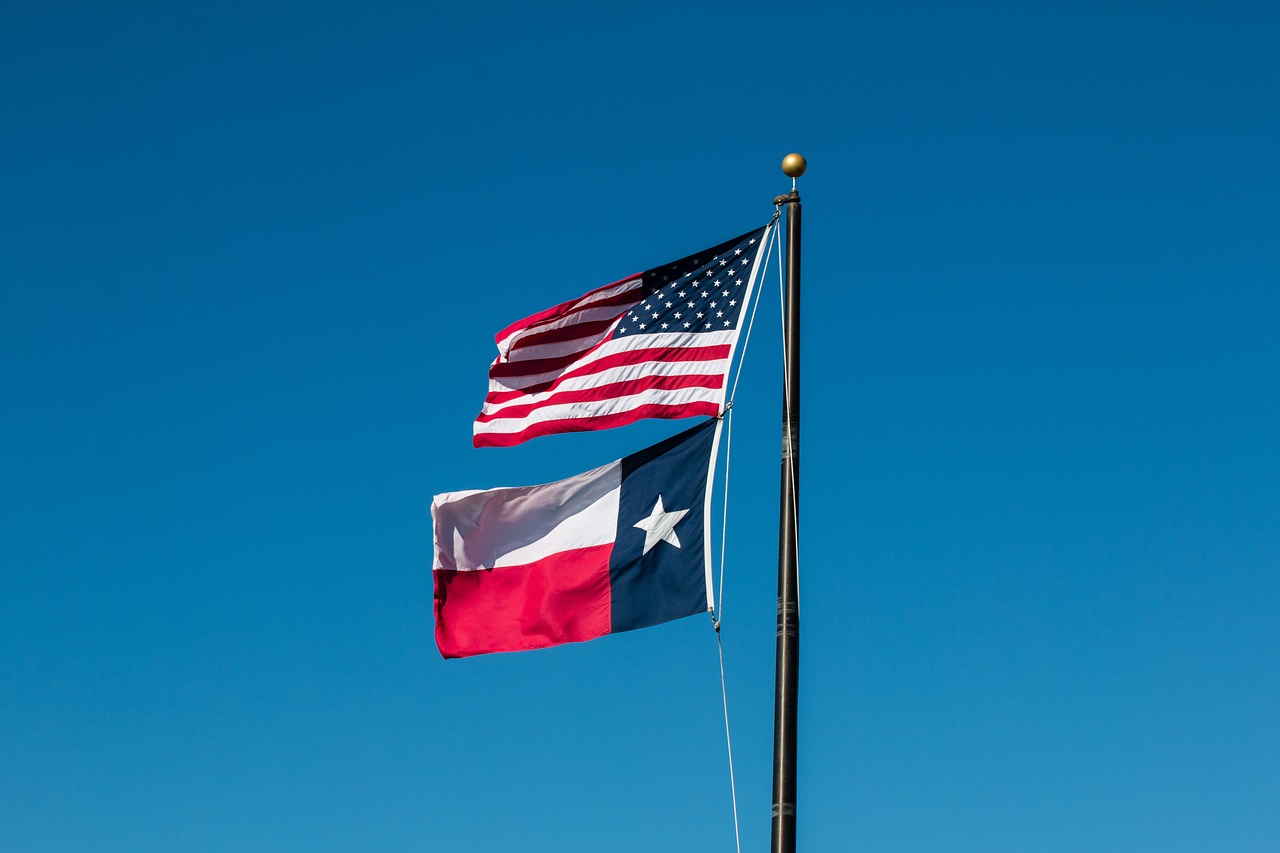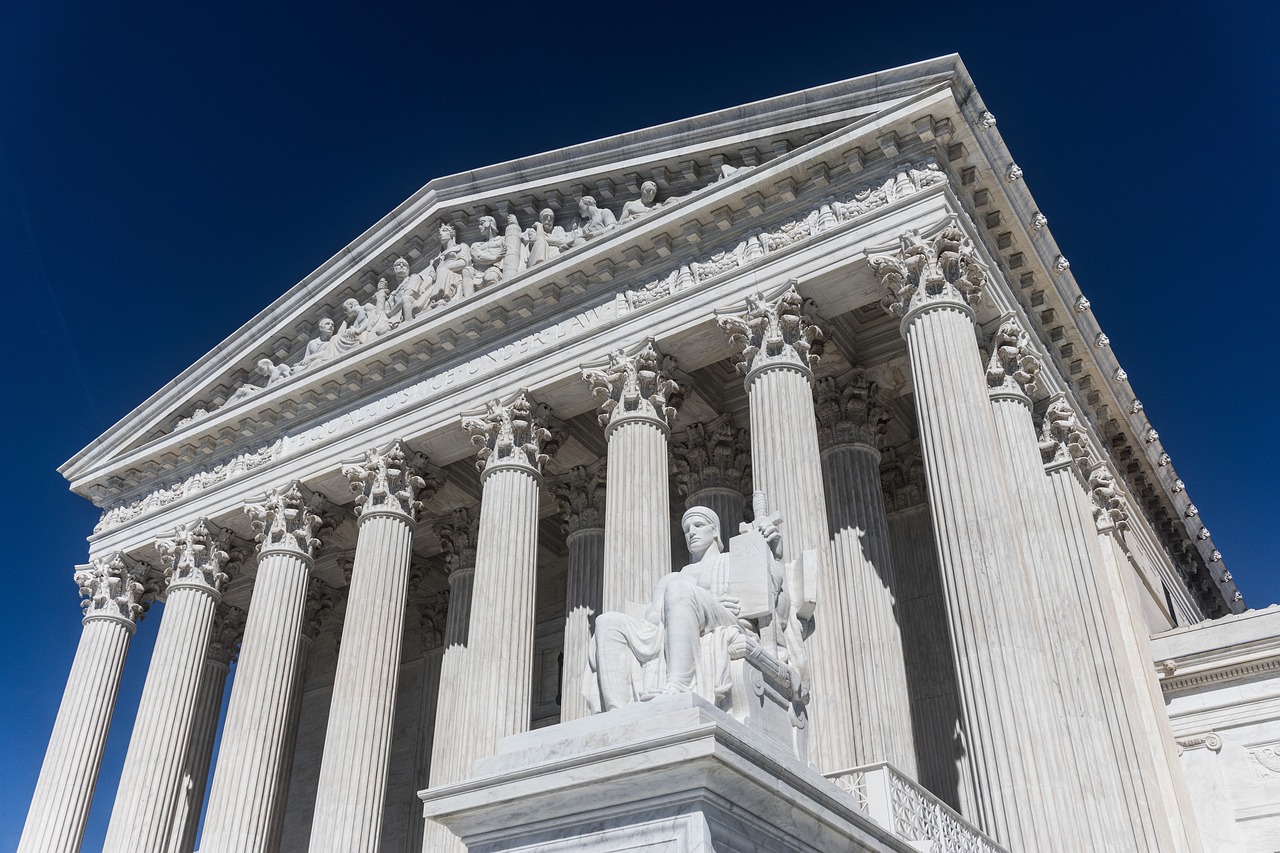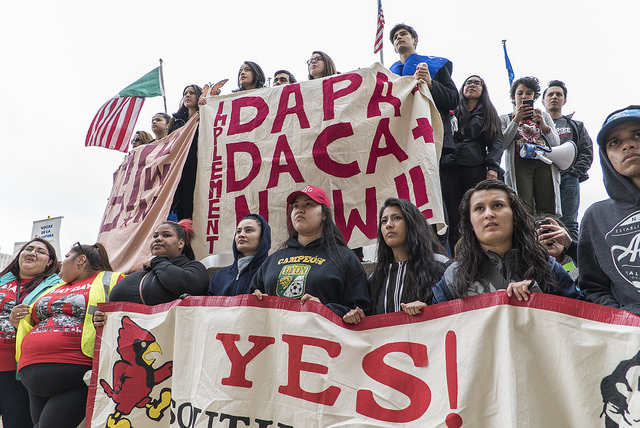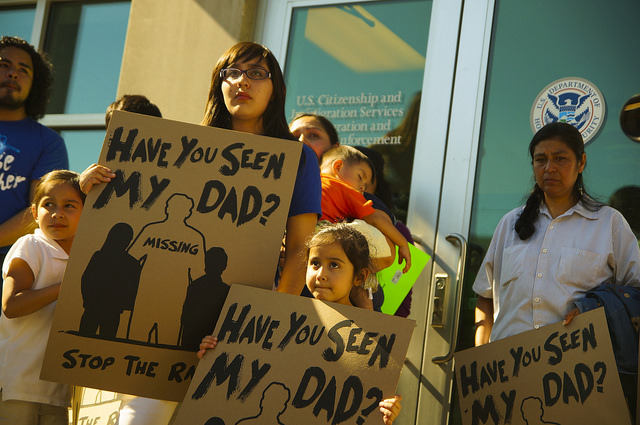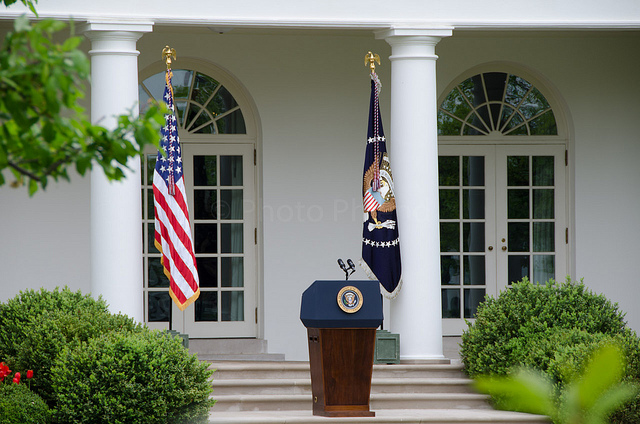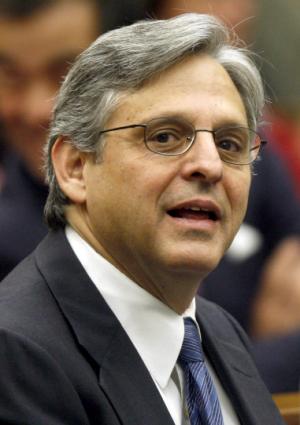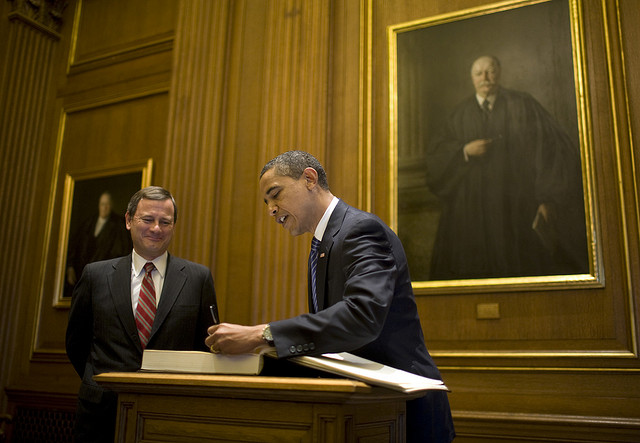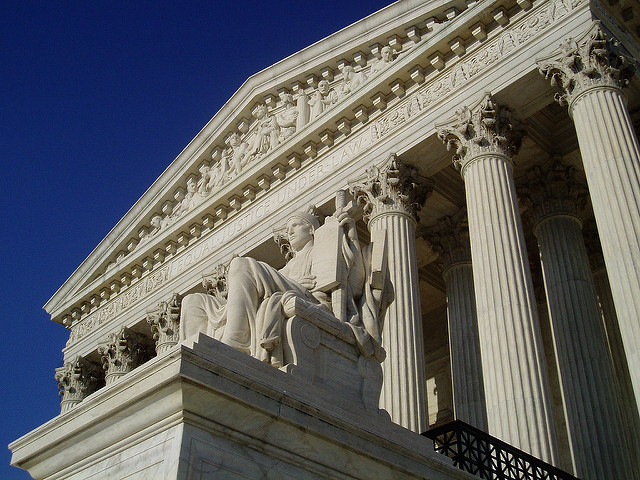
On April 18, 2016 the United States Supreme Court heard arguments in the lawsuit United States v. Texas, a lawsuit brought by 26 states, led by the state of Texas, challenging President Barack Obama’s executive actions on immigration. These executive actions include the expanded Deferred Action for Childhood Arrivals (DACA) program, and the new Deferred Action for Parents of Americans and Lawful Permanent Residents (DAPA) program announced by President Obama in November of 2014. Following this announcement, the Obama administration received push back from the Republican led House of Representatives. There was also public outcry from conservatives, when President Obama announced that these programs would not only shield eligible individuals from deportation, but allow them to obtain employment authorization. In February 2015 these initiatives came to a screeching halt, when a federal district court granted these states a preliminary injunction preventing the implementation of expanded DACA and DAPA to take place. Since then, the lawsuit has moved through the courts, and now remains at the Supreme Court. On Monday April 18th eight justices heard oral arguments in the case arguing for and against these executive actions on immigration. A final decision is expected from the justices in June. The Director of Advocacy at the American Immigration Lawyers Association (AILA) Greg Chen, AILA’s Legal Director Melissa Crow, and UCLA Law Professor Hiroshi Motomura weighed on what happened in the court Monday morning and what we can expect from the Court moving forward.
The experts identified 2 key issues that were discussed during Monday’s oral arguments.
The court mainly focused on:
- Threshold question: Whether or not the Supreme Court should consider the case in the first place. The court asked themselves if the plaintiff states have standing to sue in the first place to bring the case to the court.
- The Merits of the case: Whether or not the President has the authority to implement these executive actions based on the ‘Take Care’ clause of the constitution.
Greg Chen highlighted that this case is particularly important because for the first time in 20 years, we have not seen any real immigration reform from any of the three branches of government. Chen also noted that these executive actions on immigration, if implemented, would shield millions of undocumented immigrants from deportation. States also have a huge interest in passing these executive actions for the economic and tax revenue benefits alone, since undocumented immigrants have not been able to properly abide by tax laws due to their unlawful presence in the United States.
Melissa Crow highlighted that in Court proceedings, the traditionally four ‘liberal’ justices on the bench Breyer, Sotomayor, Ginsburg, and Kagan seemed to be sympathetic to the Obama administration in the questions they posed to the attorneys representing both sides in this lawsuit. Melissa noted that in order to overturn the federal injunction halting expanded DACA and DAPA, a fifth vote is required from the conservative camp either from Chief Justice Roberts or Justice Kennedy. The questions posed by the traditionally ‘conservative’ justices did not necessarily provide clues into their stance on these issues. Their questions simply showed that they were engaged in the issues and mostly focused on the issue of standing to sue.
Continue reading
 Visa Lawyer Blog
Visa Lawyer Blog


